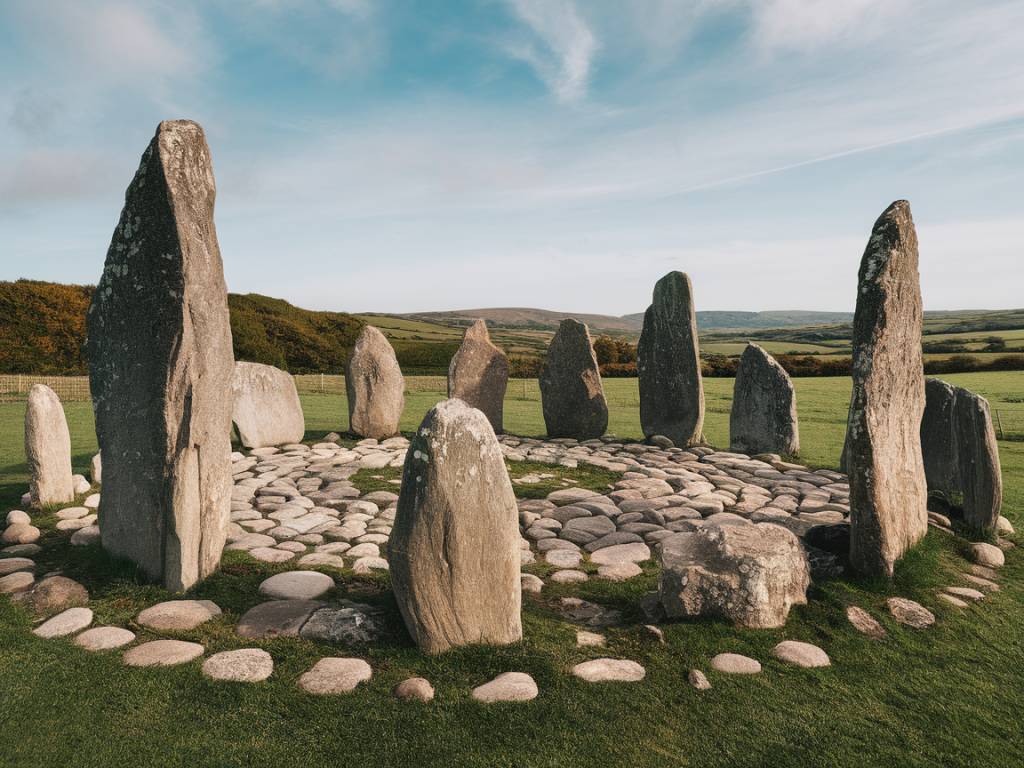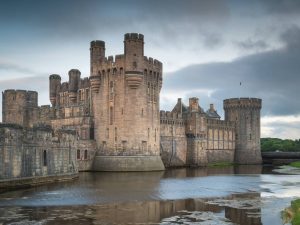Sacred sites and ancient burial grounds of Wales

Sacred sites and ancient burial grounds of Wales
Whispers of the Past: Sacred Sites and Ancient Burial Grounds of Wales
Wales, a land rich in history and legend, wears its past like a badge of honor. The rolling hills, misty valleys, and rugged coastlines hold secrets that span millennia. Among these secrets are the sacred sites and ancient burial grounds that connect us to our ancestors, revealing glimpses of their beliefs, rituals, and ways of life. Have you ever paused at a stone circle or burial mound and wondered about the lives it guarded? Let’s journey through some of these awe-inspiring locations and uncover the stories etched into the Welsh landscape.
Why Do Burial Sites Hold Such Significance?
Across cultures and centuries, burial practices reflect more than just death—they tell stories of life, honor, and spirituality. In Wales, these sacred sites weave together mythology and archaeology, forming a tapestry of understanding. Burial grounds were not just places to lay the dead to rest. They were centers of ritual, connection with the divine, and a bridge to the spiritual world.
But who were the people behind these ancient monuments? Some embody the Neolithic architects who stood on the cusp of agriculture, while others resonate with the influence of the Bronze and Iron Ages. For every burial mound or stone tomb, there are layers of meaning waiting to be explored.
Dolmens: The “Stone Tombs” of Ancient Wales
Imagine a great capstone precariously balanced on upright stones, forming a gateway to another realm. Dolmens, also known as portal tombs, are iconic symbols of prehistoric Wales. They conjure thoughts of heavy labor and mystical intentions. But what stories do they whisper?
Pentre Ifan, located in Pembrokeshire, is perhaps the most renowned dolmen in Wales. Its immense capstone, weighing over 16 tons, balances delicately on slender upright stones. This site, dating back over 5,000 years, evokes reverence. Who rested here? Scholars suggest it may have been a burial chamber for an elite group, possibly spiritual leaders. The serene landscape surrounding it only adds to its enigmatic charm, making visitors feel as though they have stepped into an ancient ritual scene.
Mysterious Burial Mounds and Their Hidden Meaning
In regions like Gwent and Gwynedd, ancient burial mounds or cairns dot the countryside, often concealed by overgrown vegetation. These seemingly unassuming earthworks were once monumental efforts, representing community and reverence for the deceased.
The Tinkinswood Burial Chamber, near Cardiff, is an excellent example. Estimated to be older than Stonehenge, its capstone is one of the heaviest in Britain, weighing around 40 tons. However, its significance goes beyond its construction. Local folklore warns of misfortune befalling those who spend the night there on specific dates. Coincidence or connection to an ancient curse? Brave visitors will have to decide for themselves.
Stone Circles: Portals to the Cosmos?
Wales offers more than dolmens and burial cairns; it is also home to evocative stone circles that captivate the imagination. Were these circles merely grave markers or something more? Alignments with celestial phenomena suggest deeper connections.
One of the most famous examples is Bryn Cader Faner, known as the “Crown of Thorns.” Perched atop the Carneddau mountains in North Wales, this Bronze Age circle combines aesthetic beauty with astronomical precision. The pattern aligns with the solstices, leading some to believe it served as a ceremonial site for honoring the dead and observing the cosmos. Standing there, surrounded by jagged stones and sweeping landscapes, it’s impossible not to feel the ancient resonance of the place.
Folklore and the Supernatural
The beauty of Welsh sacred sites lies not only in their tangible remains but also in the rich folklore that surrounds them. Many burial sites are associated with legends of fairies, giants, and spirits. For the ancient Celts, the veil between the physical and spiritual worlds was thin, and these sacred spaces were believed to be portals to the “otherworld.”
Take, for instance, the tale of Beddgelert in Snowdonia. While modern visitors flock there for the story of the loyal dog Gelert, ancient traditions point to burial mounds in the area linked to mythical warriors. These tales, passed down through generations, intertwine history with fantasy and create a sense of living memory.
The Connection Between Nature and Eternity
Many of Wales’ ancient burial grounds are surrounded by natural wonders, from windswept moors to tranquil meadows. Coincidence? Hardly. The people who constructed these sites were deeply connected to nature, and their choice of location reflects spiritual considerations.
Take the Barclodiad y Gawres (translated as “The Giantess’s Apronful”), a Neolithic burial site on Anglesey. Set high on a headland overlooking the sea, the chambered tomb offers breathtaking views. Inside, its walls are adorned with spirals and zigzags, echoing an ancient language lost to time. Visitors today can still feel the serenity and mysticism this site offers, with its proximity to the rhythmic, eternal sound of the waves.
Respecting the Legacy of Sacred Sites
When visiting these sites, it’s essential to remember their sacred nature. These are places of honor, memory, and symbolism. While they make for stunning photographs and inspire awe, they are also connections to our past. Treat them with reverence, tread lightly, and leave not a trace. Remember, you’re walking in the footsteps of those who lived thousands of years before us.
The next time you wander the rolling hills or windswept moors of Wales, keep an eye out for an ancient mound, a circle of stones, or a dolmen standing defiantly against the sky. What stories might they tell you? Perhaps the whispers of the past are closer than you think.





